Vendor Checklist
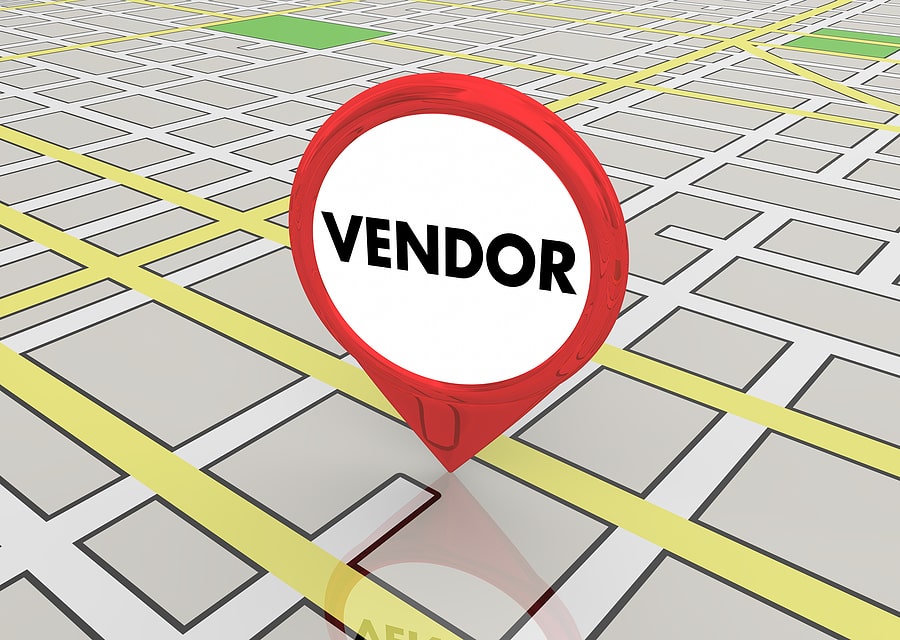
When selecting a vendor or contractor, it is critical to use due diligence and have a process in place for making these selections. By having a thorough process, you will satisfy your obligation as a board member while also protecting from potential liability. When evaluating vendors or contractors for selection, there are some key pointers to follow: Establish a thorough process for vendor “vetting.” Better yet, document the process for future boards to ensure consistency. Conduct personal interviews (or engage in some kind of personal contact). Confirm insurance coverage/documentation. Note that not all vendors need or have insurance, but this is an important aspect to take note of. Confirm any licensing, credentials, or certifications a vendor may have depending on its specific industry. Request multiple references and check them. Proposals are not contracts, even if all parties sign it. Always ask for a formal contract that includes important terms regarding the relationship (i.e. termination, dispute resolution). There are also special considerations for specific types of vendors and projects: Construction Projects Always get multiple bids to compare costs, operations, and qualifications. Ask for Certificate of Insurance and ensure that it is current and up to date through the anticipated length of a project. Check with the Minnesota Department of Labor and Industry to confirm license status, learn of potential enforcement action, or history. Follow up on any issues. Explore resources such as BBB, Angie’s List, Google reviews, and more. However, take all reviews with a grain of salt. Confirm contractor’s ability to complete project within your desired timeframe. Clarify methods of communication for project ahead of time. Management Companies Consider the amount of control you are relinquishing—full management? Partial? Ensure agreement covers what is expected in as much detail as possible, including things like termination options, governing documents, and auto-renew provisions. Have a thorough understanding of what services are included and what may require payment of additional fees. Understand the relationship between management and the Board and how it translates in terms of a contract. Routine/Ongoing Service Vendors Ensure there is a termination or dispute resolution process in place in the event there is an issue. Understand the schedule of services and what triggers action (i.e. inches of snowfall, days for garbage collection). As general rules of thumb, you can (and should) always negotiate a contract if there are concerns over the terms proposed. If multiple bidders are involved, allow for a process to give all bidders a fair chance at the project. Finally, make sure there is always a way to end the relationship if needed. At the end of the day, it is important to do your homework on the front end of the relationship to circumvent future issues. Do thorough research and check all available resources and negotiate for terms that you find acceptable. Luckily, Sharper Management offers a Preferred Vendor Directory. All preferred vendors are required to provide a certificate of insurance and be in good standing with the state of Minnesota. This can be a fantastic starting point in the vendor selection process: https://sharpermanagement.com/preferred-vendors/
Reviewing Your Dues
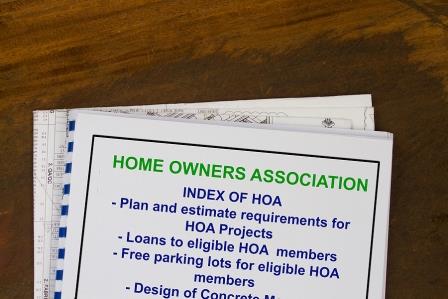
Goods and services go up over time. Doing an annual maintenance plan and having a reserve study done every few years will help your board understand what should be charged for dues each month to adequately fund your HOA. The other part of the equation is accounting for inflation of goods and services year-over-year. Opening the conversation to assess your dues can be very helpful for boards so special assessments can be avoided. Rising interest rates. No matter what we do, we can’t escape rising prices. As prices increase and dues stay the same rate, your spending will become unsustainable. Even if you have a modest budget, you can never tell when an emergency could occur that forces you to use up any extra money you had. Ease of payment. Doing small but steady price increases will be much easier on HOA members’ wallets than sudden price jumps every few years. Small increases normally have less backlash and are easier for homeowners to budget around than large, irregular increases. Larger increases are also more likely to go unpaid, reducing your budget even further. Caps on annual increases. In most association’s governing documents, there is a maximum percentage that you can increase your dues every year. When you try to catch up with a large due increase, the cap percentage may not be large enough leaving your HOA to run at a deficit until you can increase prices again next year.
Updating Governing Documents
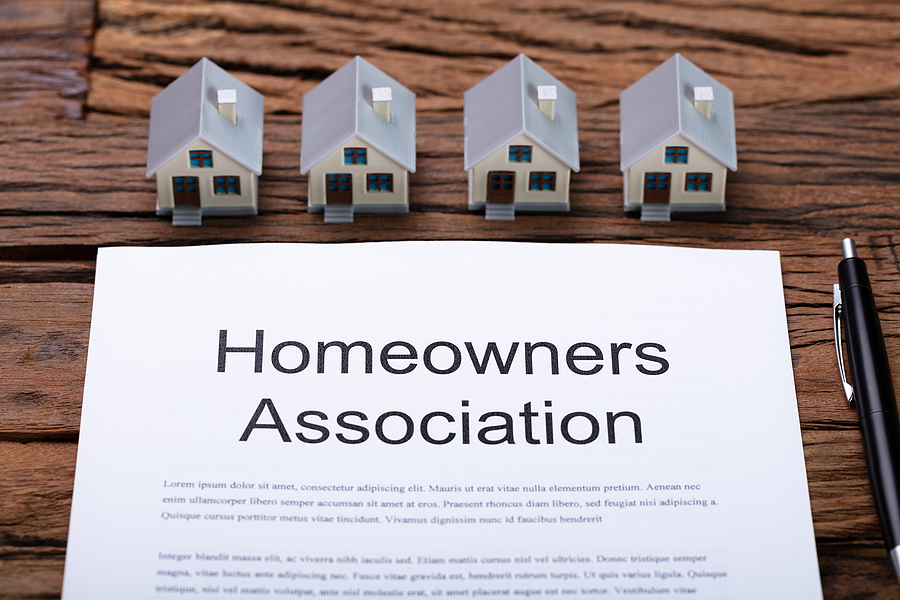
A new year is nearly upon us. That means it’s time for HOAs to conduct their annual review of governing documents. As your board takes on this task, there are some key elements to address. Areas to Review in Governing Documents Developer/declarant rights. If your HOA is new, it important to understand what declarant control is and why your governing documents need to be updated. Before an HOA is controlled by a board, the association is under “declarant control”, meaning the developer or other involved party has control of the property. If you have an operating HOA board, you no longer need sections or wording associated with developer/declarant rights, so you can either edit them to reflect the Board’s leadership position or get rid of them all together. Not in alignment with state laws. One way to quickly check if your document aligns with state laws is by comparing the dates of the laws mentioned in your bylaws to the date your bylaws were signed into effect. If your bylaws are older, it is good practice to review them to ensure your HOA is still in compliance. Outdated communication and voting requirements. The COVID-19 pandemic changed many things, but one of the most significant is how people vote and everything from their HOA boards to our elected officials. Make sure your voting options are updated by including options for voting by mail, online, and by proxy. If your bylaws also state that the only acceptable way of voting is via mail, make sure you update them to reflect current technology that your HOA uses when voting. Difficult to understand. If you feel like you need a team of lawyers to decipher your bylaws, it is worth the time to edit them to make them clear for all to understand. If there are words that you had to look up or phrases that left you scratching your head, it’s time to reword them for clarity.
Maintenance Plan Review
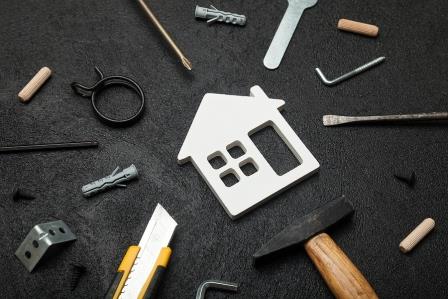
Maintenance plans are very important to the value of each owner’s property in an HOA. We first covered this topic in March of 2020 (read here), but it is worth reviewing again as the year draws to a close. An annual plan to address both regular maintenance like fence repairs/upkeep is critical, but each HOA also needs to assess their needs for large scale maintenance projects such as paving replacement or new siding. The large maintenance expenses can be addressed through a Reserve Study to ensure your HOA is collecting enough in dues to put into the reserve account for large or unexpected repairs. Every maintenance plan should address 5 main goals. First and foremost, a Maintenance Plan is in place to preserve the value of all owner’s investment in the property. Enhance the property value, maintain the property value and create a comfortable place to live. Increase efficiency of HOA operations. Preventative Maintenance Plans help buildings operate efficiently. By effectively maintaining equipment, it functions at the highest levels and can reduce operational inefficiencies due to unexpected breakdown and can lessen wasteful energy usage. Prevent failures of building systems. Buildings that operate trouble-free allow the occupants to enjoy the property as intended. Preventive maintenance includes regular inspections and replacement of equipment crucial to building operations. Sustain a safe and healthy environment. Protecting the physical integrity of building components preserves a safe environment for residents. Provide cost effective maintenance. Preventive maintenance can prevent minor problems from escalating into major failures and costly repairs. Preventive maintenance can be handled relatively cheaply, efficiently, and systematically through advance scheduling while major failures always happen after hours, at peak billing times and to equipment that must be special ordered. A maintenance plan in conjunction with a reserve study will help your HOA maintain its property value and aesthetic for many years to come.
Tips for Welcoming New Residents to Your Community

Building community among residents is always a priority for a happy neighborhood, but it’s hard than ever to do this during the COVID-19 pandemic. One way you can welcome new residents and help them “find there way” with living in an HOA, is to have a Welcome Packet ready when they arrive that contains important information they may need. The welcome packet can have whatever you and your HOA board thinks in important, but here are some ideas on what to include. Welcome letter. Including a letter that will officially welcome the new resident to your HOA will help them feel invited and give a positive first impression about your community. Community rules and regulations. While more association buyers will have already reviewed the rules and regulations of the association before deciding to purchase, it’s a good reminder to include them as a good reminder and note on what to expect from their neighbors. Board and committee makeup. Include the structure of the board, its members, and contact information so they know who to contact with questions/concerns. Amenity information. If your community has shared areas, such as a pool, park, clubhouse, or fitness center, include the location and hours of these amenities. It’s always nice to have that kind of important information at your fingertips. Owner contact sheet. Ask the new resident to fill out and return a contact sheet so the HOA board can easily contact the new owner with questions/concerns. FAQ sheet. Ask residents who have been in your community for a while what questions they had when they first moved into your HOA, and create an FAQ sheet that includes these questions and the answers. This will help reduce the resident’s need to contact you with simple questions. Local events. With the pandemic still in full force, events probably are not happening in your area. However, including maps of local parks and walking paths as well as tips on restaurants are usually very well received by new residents. It’s nice to have an insiders tip sheet on local attractions. Taking an hour or two out of your day to compile and deliver the welcome packet will help establish a good relationship with the new residents, help answer any of their immediate questions, and help them feel a part of a friendly, welcoming, and positive community.
Getting Ready to Sell in an HOA
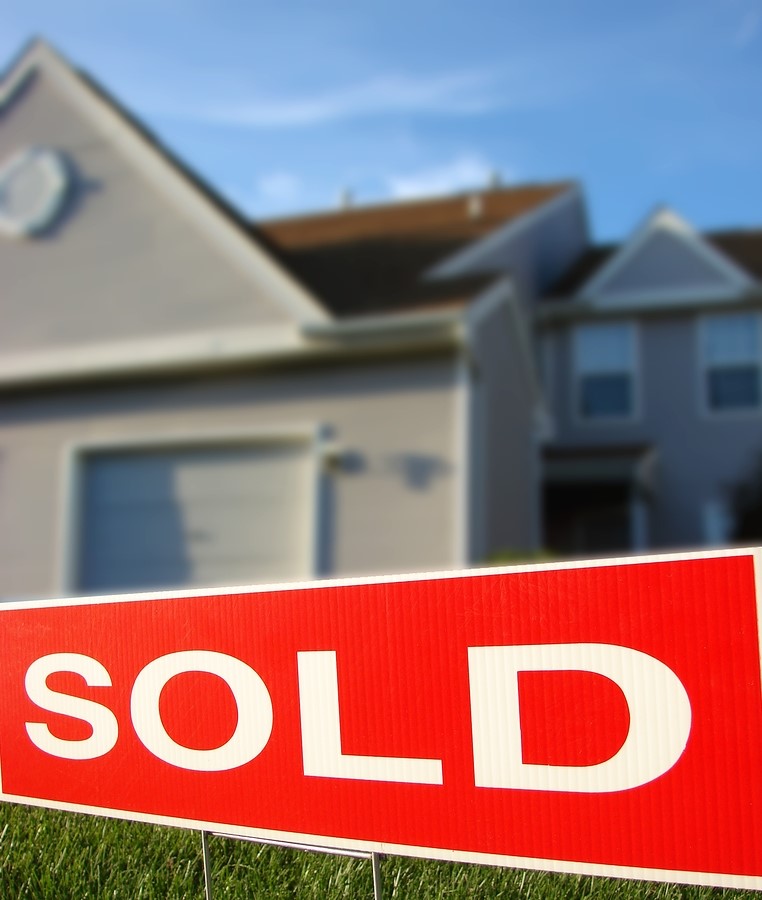
Looking to sell your home? During our current global pandemic selling a home come with a few additional considerations. Your realtor will be a wonderful source for guidance, but we’ve compiled a short list of things to consider. COVID Considerations By appointment only. Open houses have been a wonderful selling tool for homes for a very long time. There is nothing like seeing a home with your own eyes. However, the COVID pandemic is making is harder to hold an open house. Many sellers are doing by-appointment-only viewings. Additionally, video showings have become popular. Facebook Live and Zoom are resources for agents to consider. Providing hand sanitizer and/or wipes is a good idea for those who are visiting in-person. Clean and reorganize your space. Ensure your space is clean and organized in case of any last-minute showings, especially when you are actively holding showings. Also try to reorganize your furniture so the living areas appear bigger. This can be as simple as moving a couch from point A to point B, or as intensive as moving bigger furniture pieces into your new home to really show the potential buyers how much space they would be getting. Depersonalize your space so your potential buyers can imagine themselves living there. When you sell your house, you will not be leaving photos of your favorite pet or family gatherings. It is also unlikely that your potential buyers want to keep your family heirlooms, so ensure they are already out of the space before you start showing. While it may seem minor, having an abstract picture will help your space seem like more of a blank slate than a collage from your most recent vacation. Little updates go a long way. Do you have a squeaky door or old hardware? While it might seem like no big deal, making these small changes can have a huge impact on whether people are interested in your home or not. To potential buyers, those are just one more thing they will have to invest in when they buy, so spending an extra $10 for a new hinge or hardware will help your home sell faster. Focus on your kitchen and bathroom, as they are both big sellers. No one wants to walk into the bathroom and see water stains inside the tub or coffee stains on the kitchen counter. Ensure your big-ticket rooms are as clean as they were when your home finished construction. While they may seem like minor issues, just like the updates mentioned earlier, they can make or break a sale. Be flexible with your showings. Ensure you are being responsive and kind when dealing with potential buyers and try to be as flexible as you can. While there are commitments you can’t get out of, like a wedding or family emergency, don’t say no to a showing just because you want to binge-watch your favorite TV series. The more flexible you are will your showings, the faster your home will sell. Choose the right realtor who knows how to market an HOA property. Make sure to ask them the questions you had when moving into an HOA, such as what are some of the rules and fees? Also ensure that they are listing your home on websites such as realtor.com and see if they will bring in professionals to stage and photograph your home. As the seller, you will need to provide resale documents to your potential buyer. You can find this information on our website. Visit sharpermanagement.com and look for the Resale Disclosures link in the menu bar, or Click here.
Creating a Maintenance Plan for Your HOA

Creating a Maintenance Plan for your HOA As we near the end of February, your Board conversations are likely turning to summer maintenance projects. Having an overall Maintenance Plan in place is a helpful tool to have in your pocket at this time of year. An effective approach to maintaining your Association helps to ensure you are spending maintenance dollars where they are needed the most. Five Key Goals a Maintenance Plan Should Achieve: First and foremost, a Maintenance Plan is in place to preserve the value of all owner’s investment in the property. Enhance the property value, maintain the property value and create a comfortable place to live. Increase efficiency of HOA operations. Preventative Maintenance Plans help buildings operate efficiently. By effectively maintaining equipment, it functions at the highest levels and can reduce operational inefficiencies due to unexpected breakdown and can lessen wasteful energy usage. Prevent failures of building systems. Buildings that operate trouble-free allow the occupants to enjoy the property as intended. Preventive maintenance includes regular inspections and replacement of equipment crucial to building operations. Sustain a safe and healthy environment. Protecting the physical integrity of building components preserves a safe environment for residents. Provide cost effective maintenance. Preventive maintenance can prevent minor problems from escalating into major failures and costly repairs. Preventive maintenance can be handled relatively cheaply, efficiently and systematically through advance scheduling while major failures always happen after hours, at peak billing times and to equipment that must be special ordered. An overall Maintenance Plan provides clear direction to the board and management on how and when to make repairs to building and grounds components. If followed in conjunction with a reserve study, the components will enjoy their maximum useful lives and related repair costs kept to a minimum.
